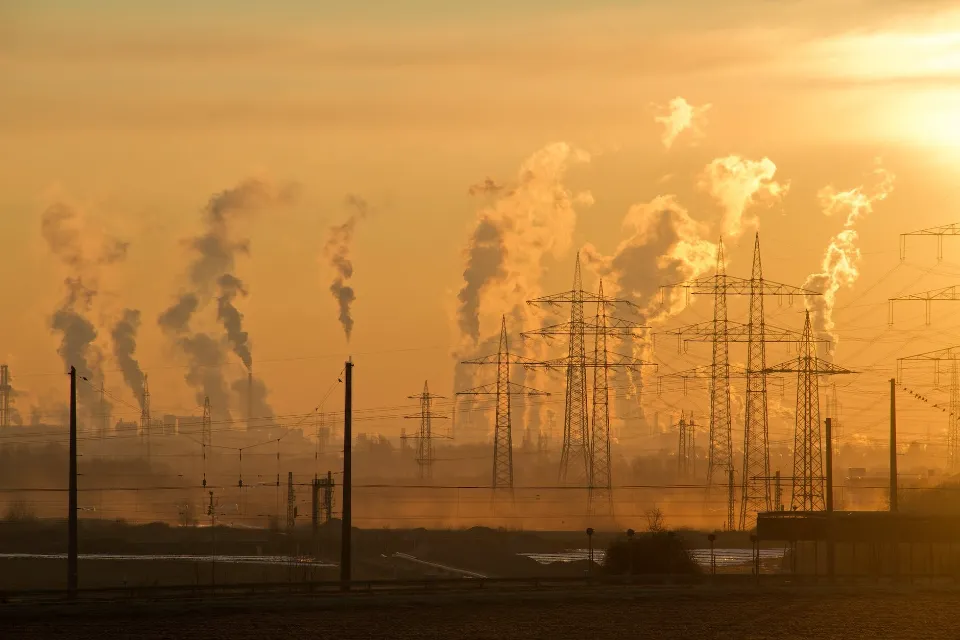Nuclear energy, also known as atomic energy, is the huge energy released when the structure of the atomic nucleus changes, including two main forms of fission energy and fusion energy. At present, nuclear power generation uses fission energy. Today we will introduce how a nuclear power plant works.
How Do Nuclear Power Plants Work?
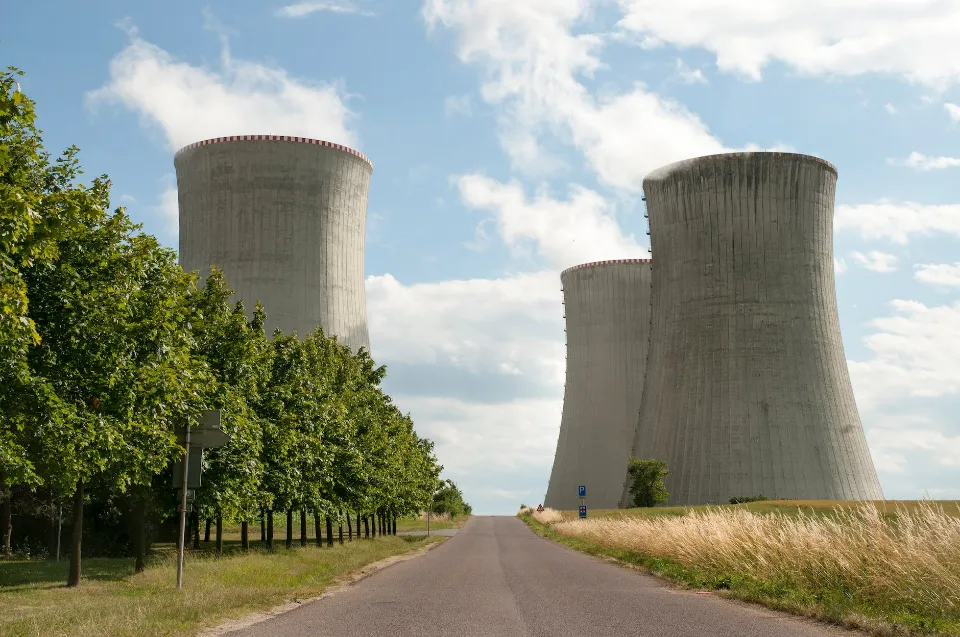
Nuclear power plants mainly use “nuclear energy” to generate electricity. Most nuclear power plants generate electricity in the same way. They use uranium to undergo nuclear fission to generate a large amount of energy, and then use the energy to boil water to generate a large amount of water vapor, and then use the water vapor to drive other machinery (including generators) to move, thereby generating electrical energy.
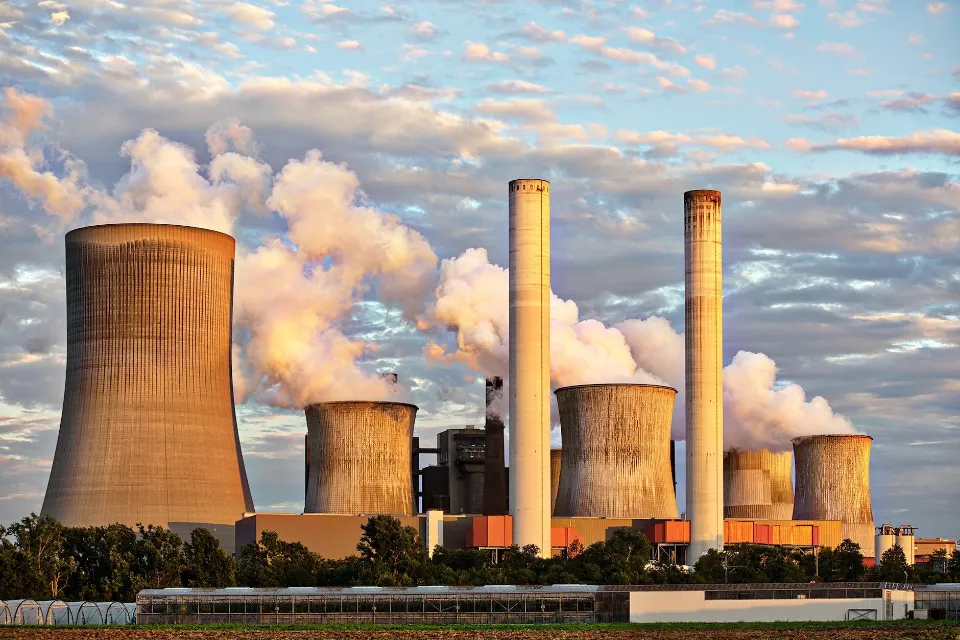
Nuclear power generation is an important way to achieve low-carbon power generation. It is very similar to thermal power generation, but nuclear power plants generally require one more set of power circuits than thermal power plants.
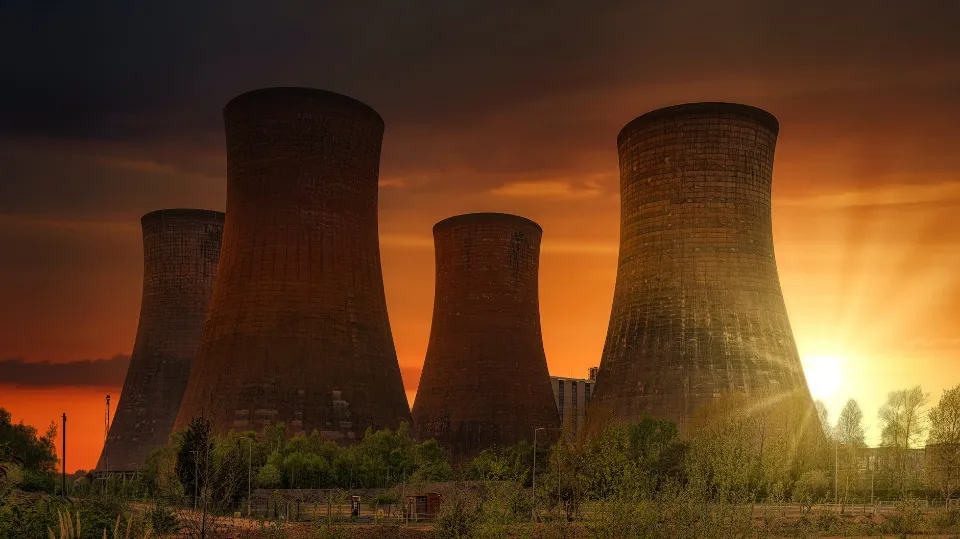
When the control rods are raised, nuclear fission occurs and the primary coolant is heated.
The main pump drives the coolant of the primary circuit to pass through the reactor pressure vessel and the steam generator to form a cycle of the primary circuit.
The feed water of the secondary circuit is heated by the coolant of the primary circuit in the steam generator to form saturated steam
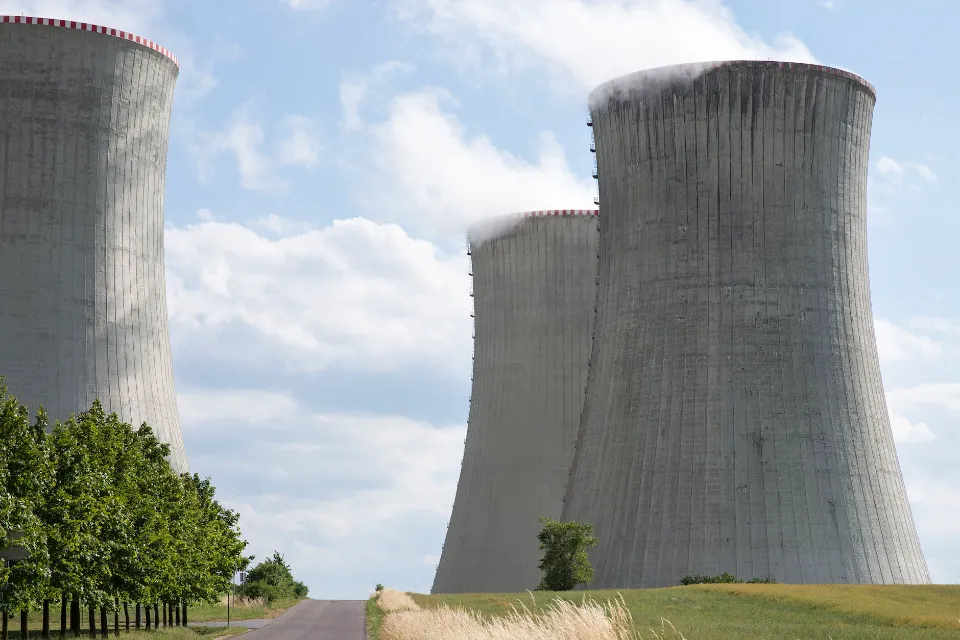
The steam drives a steam turbine, which drives an electric motor to generate electricity.
After finishing work in the steam turbine, the steam enters the condenser and is cooled into the condensate pump, and then enters the steam generator through the main water pump to complete the secondary loop cycle.
A large number of rivers, lakes, and seawater enter the condenser to condense the steam left over from the power generation of the secondary circuit into water.
Advantages of nuclear power plants
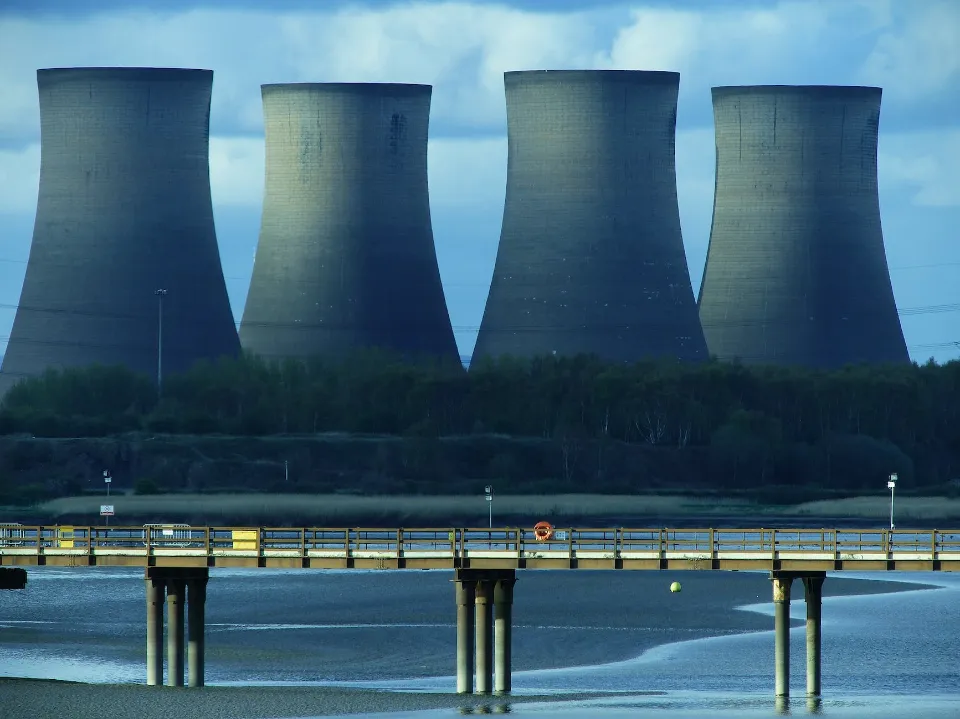
Compared with traditional thermal power plants, nuclear power plants have very obvious advantages:
Nuclear power generation does not emit huge amounts of pollutants into the atmosphere like fossil fuel power generation, so nuclear power generation will not cause air pollution;
Nuclear power generation has no carbon emissions and will not aggravate the global warming effect;The uranium fuel used in nuclear power generation has no other purpose other than power generation;
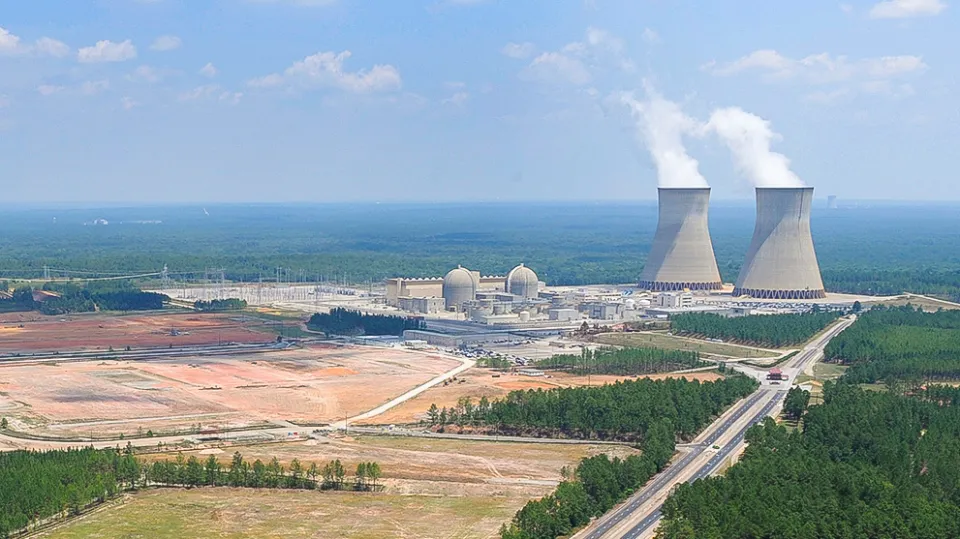
The energy density of nuclear fuel is several million times higher than that of fossil fuels, so the fuel used in nuclear power plants is small in size and convenient for transportation and storage. A 10 million-kilowatt nuclear power plant only needs 30 tons of uranium fuel a year. voyage of the aircraft can complete the delivery;
In the cost of nuclear power generation, the proportion of fuel costs is relatively low. The cost of nuclear power generation is not easily affected by the international economic situation, and the fixed cost of power generation is relatively stable.
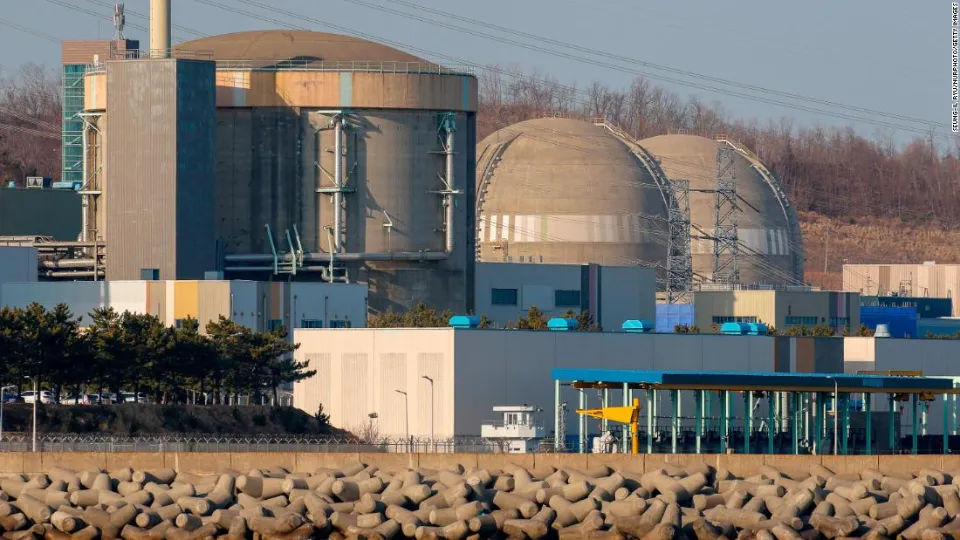
Disadvantages of nuclear power plants
Nuclear power plants will produce high and low-level radioactive waste, or used nuclear fuel. Although the volume is small, they must be handled carefully due to radiation, and they have to face considerable political troubles.
The thermal efficiency of nuclear power plants is low, so more waste heat is discharged into the environment than ordinary fossil fuel power plants, so the thermal pollution of nuclear power plants is more serious.
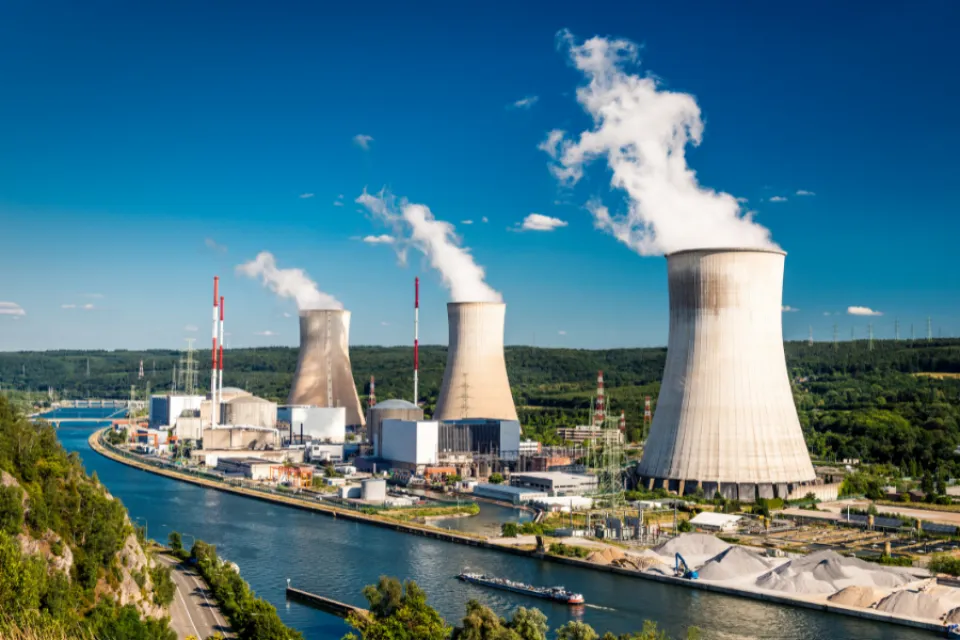
The investment cost of nuclear power plants is too high, and the financial risks of power companies are relatively high.
Nuclear power plants are not suitable for peak and off-peak on-load operation.
The construction of nuclear power plants is more likely to cause political differences and disputes.
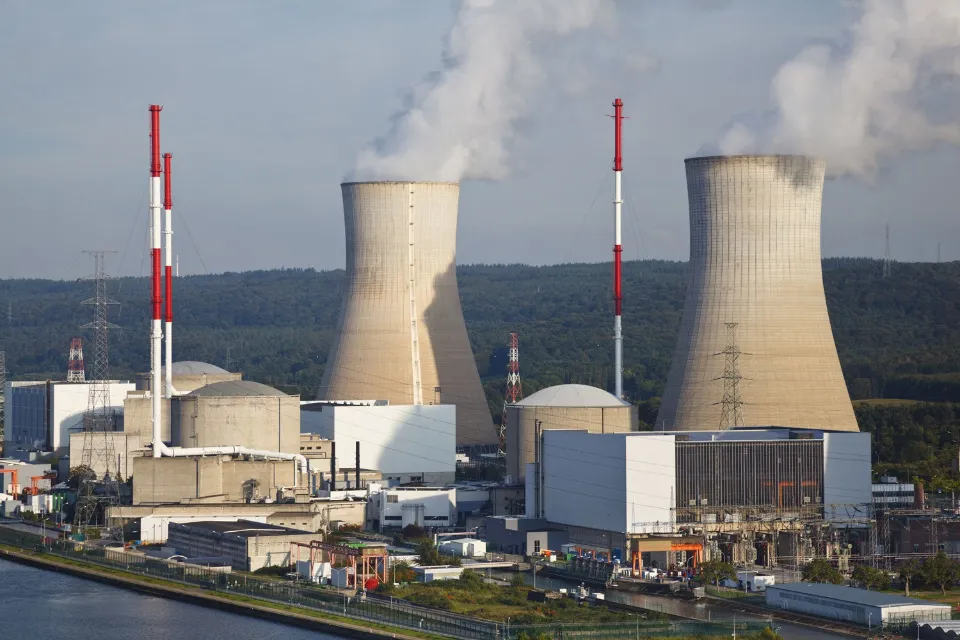
There are a large amount of radioactive substances in the reactors of nuclear power plants. If they are released to the outside environment in an accident, they will cause harm to the ecology and the people. Nuclear power generation at the present stage still produces a lot of radioactive waste, among which the treatment and disposal of high-level radioactive waste is an international problem.
Nuclear energy also has its advantages and disadvantages.
What is a nuclear power plant?
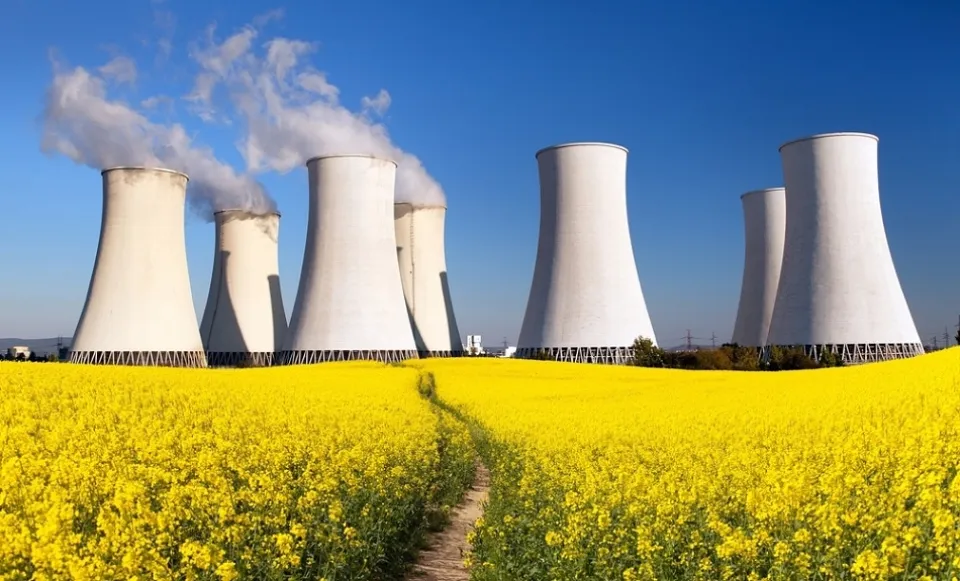
A nuclear power plant refers to a facility that converts nuclear energy into electrical energy through appropriate devices. Nuclear power plants use nuclear reactors instead of boilers in thermal power plants, and use nuclear fuel to generate heat in a special form of “combustion” in nuclear reactors, turning nuclear energy into thermal energy to heat water and generate steam.
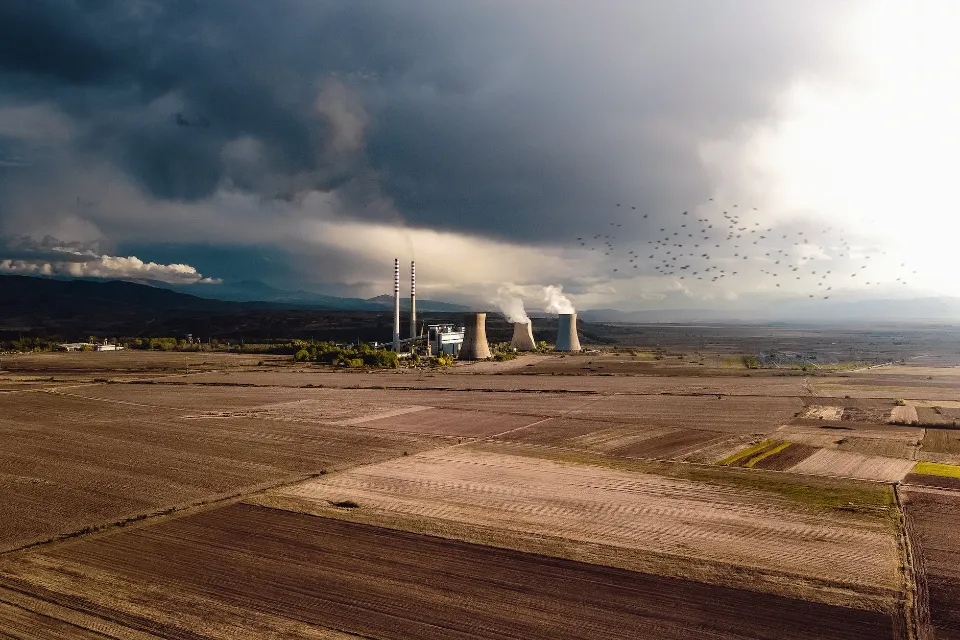
The systems and equipment of a nuclear power plant usually consist of two parts: nuclear systems and equipment, also known as nuclear islands; conventional systems and equipment, also known as conventional islands.
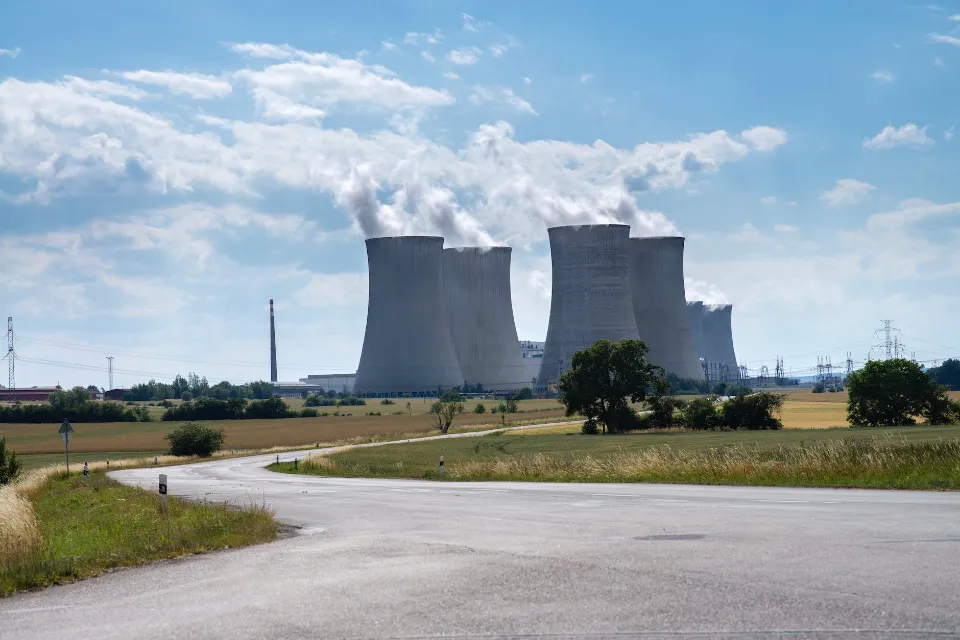
Conclusion: How Do Nuclear Power Plants Work?
A nuclear power plant refers to the conversion of nuclear energy into thermal energy to generate steam for steam turbines, which then drive generators to form a power plant that generates commercial electricity.
In addition, during the combustion of nuclear fuel in the reactor, new nuclear fuel can also be produced at the same time. The capital investment of nuclear power plants is high, but the cost of fuel is low, the cost of power generation is also low, and it can reduce pollution. If you need more information about other types of power plants, you can visit Power Your Feed website.
